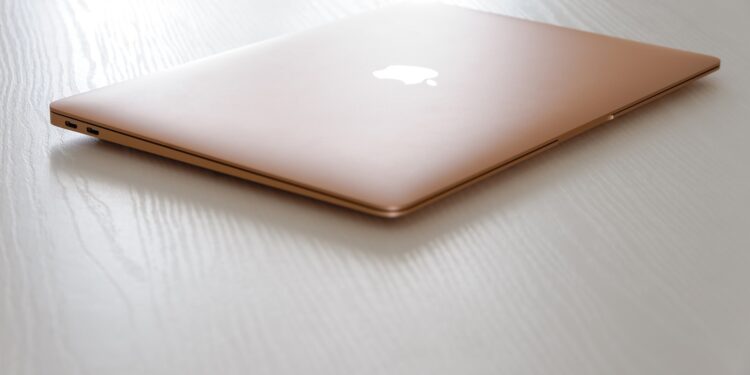Apple plans to launch a new MacBook that's different from previous models. It's expected to be cheaper, smaller, more portable—and run on a chip originally developed for the iPhone. This is an unusual move, but one that fits well with Apple's strategy of standardization. The A18 Pro chip from the iPhone 16 Pro is expected to be used in a MacBook for the first time. Here's what's known so far about the new MacBook, when it might be released, and what you should expect.
Since Apple left Intel processors behind and switched to its own chips, it's been clear that more flexibility in product development will be possible in the long term. The fact that a MacBook is now coming with an iPhone chip seems like a logical next step. Cheaper, lighter, more energy-efficient – and still powerful enough for many typical applications. Well-known Apple analyst Ming-Chi Kuo provides the initial details. The rest is comprised of known hardware facts, market observations, and the usual Apple design considerations.
A MacBook with an iPhone chip
According to Kuo , Apple will launch a new MacBook in 2026 equipped with the A18 Pro chip. This chip was introduced in the iPhone 16 Pro and iPhone 16 Pro Max in 2024. It contains a 6-core CPU, a 6-core GPU, and a 16-core Neural Engine. The chip is based on the ARM architecture and is designed for high efficiency and good performance. This would make this new MacBook the first production model to feature an A-series chip. Although a Mac mini with the A12Z chip from the iPad Pro was distributed to developers in 2020, this was only a stopgap solution for the introduction of the M-series. According to benchmarks, the performance of the A18 Pro is around 40% lower than the current M4 chip, which is found in the iPad Pro 2024, for example. At the same time, it is comparable to the M1 chip introduced in the MacBook Air in 2020—at least in terms of CPU performance.
- What's particularly interesting is that the A18 Pro even slightly outperforms the M1 in terms of graphics performance. So, for simple to medium tasks, the new MacBook should be sufficient.
Price and positioning
A key selling point for this MacBook will be the price. Kuo talks about a more affordable model, but doesn't provide exact figures. The current 13-inch MacBook Air starts at €1,199. It's realistic that the new MacBook will cost between €699 and €899, depending on the configuration.
Connections and compromises
A clear disadvantage of the A18 Pro is the lack of Thunderbolt support. The new MacBook will therefore be equipped with standard USB-C ports. These look the same on the outside, but only offer data transfer rates of up to 10 Gbps. Thunderbolt achieves three times that. Furthermore, the new MacBook will likely only natively support one external display – another limitation compared to the Air or Pro models. Memory is also expected to be limited. The iPhone 16 Pro with the A18 Pro uses 8 GB of RAM, and there's no indication that Apple will install significantly more. This would be a clear difference from current MacBooks, which start with at least 16 GB of RAM.
Design, size and colors
In terms of design, Apple could take inspiration from the previous 12-inch MacBook – with the difference that the display will be approximately 13 inches. Therefore, it's likely that the device will be very thin, very light, and designed for portability. A MacBook for on the go, for school, university, simple jobs, or the couch. According to Kuo, the MacBook will be available in several colors: silver, blue, pink, and yellow. This would allow Apple to incorporate the color scheme of the current iMac and give the laptop a bit of a visual refresh.
Schedule and publication
There's no exact date, but according to Kuo, mass production is expected to start in late 2025 or early 2026. The market launch is planned for sometime in 2026. If Apple maintains its usual pace, the device could be unveiled in spring or fall.
A MacBook for the basics, not for studio work
The new MacBook with the A18 Pro chip is unlikely to be a powerful notebook. It's aimed at users looking for a lightweight, affordable device suitable for everyday use. Its performance should be perfectly sufficient for office work, browsing, media use, and simple applications. Professionals or creative users who work with video, music, or large amounts of data will likely opt for the Pro or Air models. What makes this MacBook attractive is the overall package: the latest ARM technology, iPhone chip, compact design, modern colors – and a price that's significantly lower than what people are used to from Apple. For many, this could be exactly the kind of MacBook they need. The best products for you: Our Amazon storefront offers a wide selection of accessories, including HomeKit accessories. (Image: Shutterstock / Alberto Fava)
- MacBook Pro 2026: OLED, M6 chip and new chassis
- Apple Intelligence: Cooperation instead of in-house development




